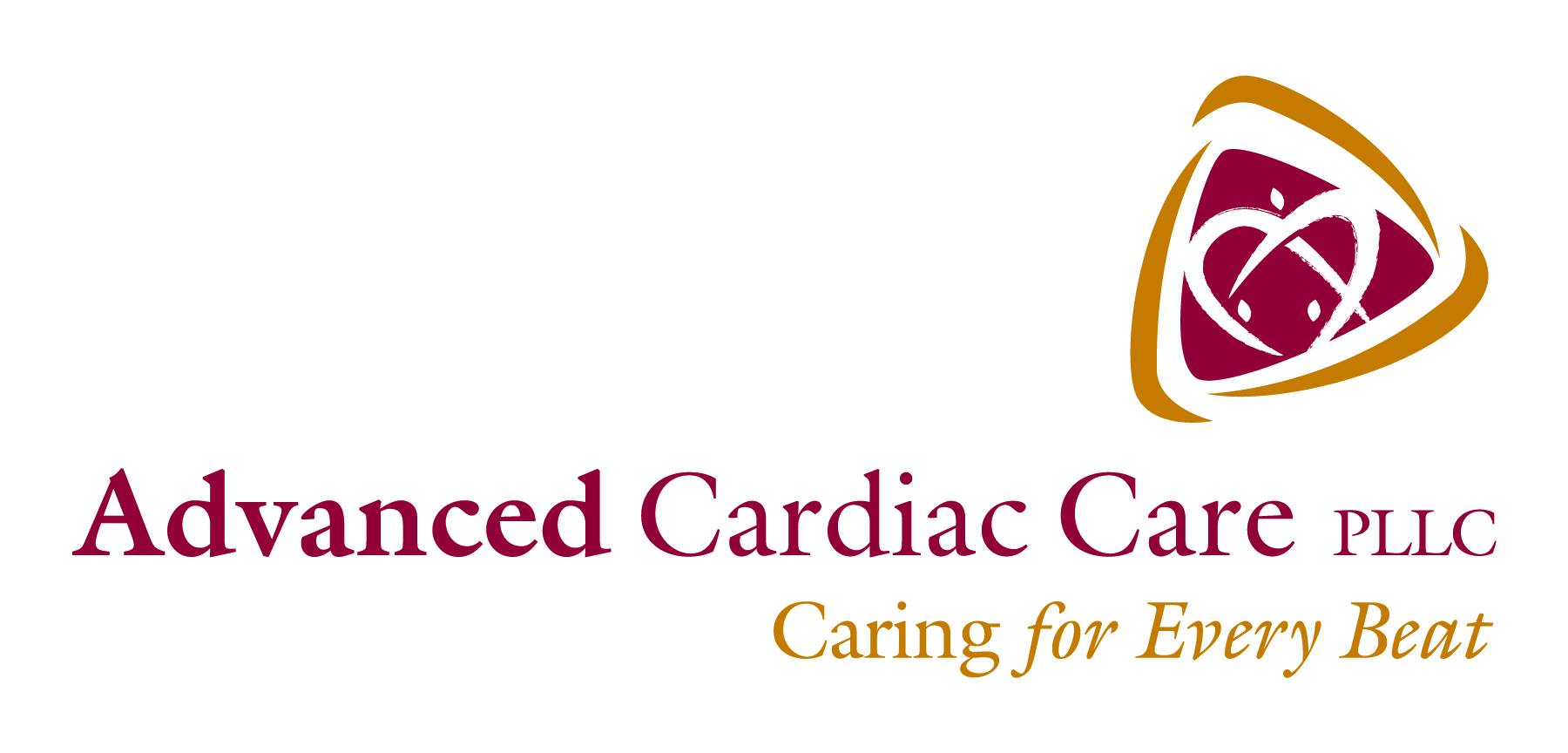
EECP
What is EECP?
EECP stands for Enhanced External Counterpulsation. It is a non-invasive, non-surgical treatment for patients with symptoms of angina (chest pain) and heart failure. The treatment involves the use of inflatable cuffs that are placed around the legs, which are then inflated and deflated in coordination with the patient’s own heartbeat. This helps to increase blood flow to the heart and improve symptoms. EECP is typically administered in a series of sessions, usually over a period of several weeks. It is not recommended for everyone and should be discussed with a doctor to see if it is appropriate for you.
When you need to see your doctor
It is generally recommended to see a doctor if you have symptoms of angina (chest pain) or heart failure, as these are the conditions for which EECP is most commonly used. Your doctor may perform a physical examination, and run some diagnostic tests such as ECG or stress test to determine if you would be a good candidate for EECP.
If you have been diagnosed with angina or heart failure, and other treatments such as medication and lifestyle changes have not been effective, your doctor may suggest EECP as an alternative treatment option.
It’s important to discuss the potential benefits and risks of EECP with your doctor to determine if it is appropriate for you. Your doctor may also be able to provide you with more information on the procedure and what you can expect during and after treatment.
If you have any concerns or questions about EECP, it’s important to bring them up with your doctor before beginning treatment.
What is angina?
Angina is a condition characterized by chest pain or discomfort that occurs when the heart does not receive enough oxygen-rich blood. It is often described as a squeezing, pressure, or burning sensation in the chest, and can also radiate to the arms, neck, jaw, or back. Angina can be caused by narrowed or blocked coronary arteries, which are the blood vessels that supply oxygen and nutrients to the heart muscle.
There are two main types of angina: stable angina and unstable angina. Stable angina is the most common form and typically occurs during physical activity or emotional stress. It can usually be relieved with rest or medication. Unstable angina is a more serious form of the condition that can occur without warning, and may indicate an impending heart attack.
Angina is often a symptom of coronary artery disease, which is the most common form of heart disease. Other risk factors for angina include high blood pressure, high cholesterol, smoking, diabetes, and a family history of heart disease.
It’s important to see a doctor if you have symptoms of angina, as early diagnosis and treatment can help prevent more serious complications such as heart attack.
How does EECP therapy work?
EECP therapy works by increasing blood flow to the heart through a process called counterpulsation. During the procedure, inflatable cuffs are placed around the legs (usually on the calf, thigh, and behind the knee), and are then inflated and deflated in coordination with the patient’s own heartbeat.
The cuffs are inflated during the diastolic phase (when the heart is relaxed and filling with blood), which causes the blood vessels in the legs to constrict, creating a higher pressure in the vessels. This pressure is then transmitted to the coronary arteries, causing them to dilate and increasing blood flow to the heart.
When the cuffs are deflated, during the systolic phase (when the heart contracts and pumps blood), the blood vessels in the legs relax and the blood flows back to the heart, further increasing blood flow to the heart muscle.
EECP therapy is typically administered in a series of sessions, usually over a period of several weeks, and each session lasts about one hour. The procedure is non-invasive and non-surgical, and it is generally well-tolerated by patients.
EECP therapy is not recommended for everyone, and it should be discussed with a doctor to see if it is appropriate for you. It is typically used as an alternative treatment option for patients with angina or heart failure who have not responded well to other treatments such as medication and lifestyle changes.
